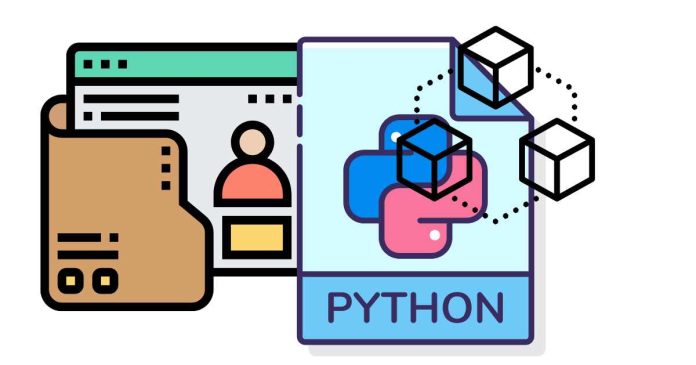Importing Python modules from a parent directory can be achieved in several ways:
1. Using Relative Imports:
You can use relative imports by adding the following code to your script: import sys
import os
This adds the parent directory to the sys. path list, allowing you to import modules from it.
2. Using the -m Flag:
You can run your script using the -m flag, which allows you to run a module as a script. This changes the way Python handles relative imports.
This method requires you to structure your project as a package.
3. Using the PYTHONPATH Environment Variable:
You can add the parent directory to the PYTHONPATH environment variable. This variable is a list of directories that Python searches for modules.
bash
export PYTHONPATH=$PYTHONPATH:/path/to/parent/directory
This method requires you to set the environment variable every time you run your script.
4. Using a Package Structure
You can structure your project as a package by adding an __init__.py file to the parent directory. This file can be empty.
This method requires you to structure your project as a package.
5. Using import lib
You can use the import lib module to import modules dynamically. import importlib.util
This method requires you to specify the full path to the module file.
Each of these methods has its own advantages and disadvantages. Choose the one that best fits your needs.


